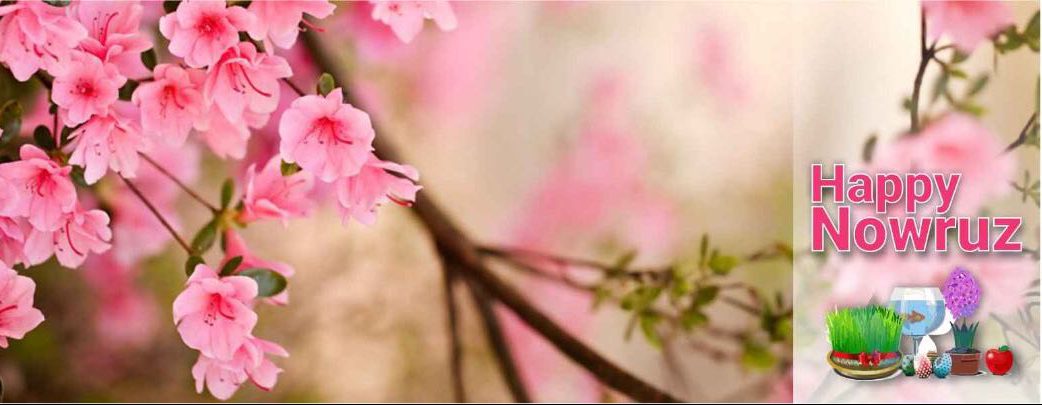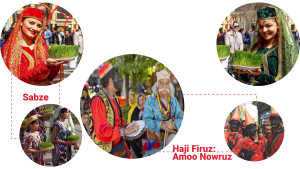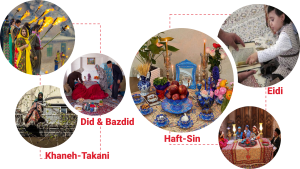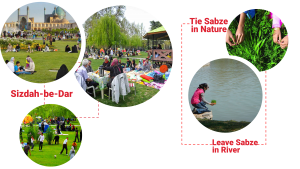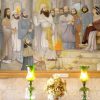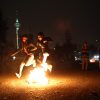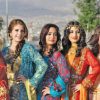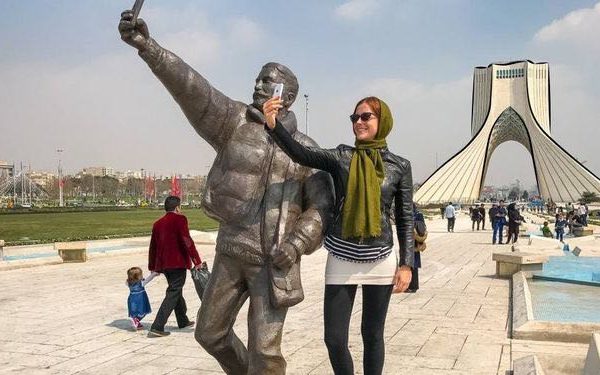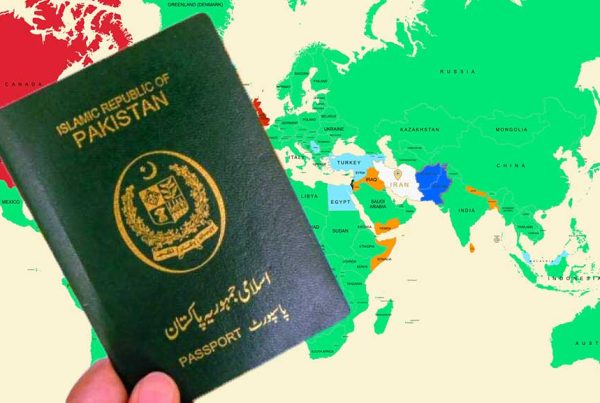Table of Contents
Nowruz (New Day): The Persian New Year (2020)
What is Nowruz? Nowruz, also known as Novruz, Nowrouz, Nooruz, Navruz, Nauruz and Nevruz, is an ancient rite in honor of the advent of spring, celebrated in many countries located alongside the Silk Road, including Iran, Iraq, India, Afghanistan, Azerbaijan, Kazakhstan, Tajikestan, Pakistan, Uzbekistan, Turkmenistan and Turkey.
Literally, Nowruz means New Day and is celebrated on the first day of spring, around March 21. But what is the significance of this day? To understand this, we should have a brief look at history.
The Roots of Nowruz in Zoroastrianism and Ancient Myths
It is widely believed that Nowruz has its roots in the old religion of the Ancient Persia, Zoroastrianism. Actually, Nowruz marks one of the holiest days in the Zoroastrian calendar.
Zoroastrians associated Nowruz with triumph of good over evil and joy over sorrow. Actually, Rapithwina, the Spirit of Noon, considered to be driven underground by the Spirit of Winter, was welcomed back with celebrations at noon on the day of Nowruz according to Zoroastrian tradition.
However, different non-religious myths are also related on the origins of Nowruz. According to one myth, Jamshid, the great Kianid King, was carried on a chariot high up into the sky, a feat which no mortal had previously performed. So, people began celebrating the day of their king’s ascendance into the sky and this tradition continues until today.
Nowruz in Iran
Like many countries mentioned above, Nowruz begins on the first of day of the spring and marks the beginning of the new year. It lasts for thirteen merry days, packed with old, sweet traditions, whose story we are going to tell you here.
Each year, the moment when winter turns into spring is exactly calculated and publicly announced. So, months before Nowruz, all the Iranians know the precise hour, minute and second when this important even is going to occur. Actually, this moment has its own special name, called Lahze-ye Tahvil Saal. Lahze-ye Tahvil Saal, if I want to clear the idea behind it, means the reception of the new year. But, people should be ready for this crucial moment, which comes with its own associated traditions.
Khaneh-Takani
The hustle and bustle begins approximately one month before Nowruz. Roll up your sleeves and get ready for spring cleaning, or Khaneh-Takani. When you do Khaneh-Takani, or shake your house, you clean your house from top to bottom and then again from bottom to top, leaving no trace of dust anywhere in the house. It should be done with care, responsibility and patience.
However, the process of getting ready for Nowruz is not limited to Khane-Takani. All the members of family should purchase new clothes, since it is not possible to begin the new year in your old clothes. Buying or preparing sweets, fruits and a special mixture of nuts, called Ajil, is also part of this preparatory process.
Tahvil-e Saal
When Lahze-ye Tahvil Saal approaches, all the members of family gather around a Nowruz table which is called Haft-Sin. The table is called Haft-Sin (Haft means seven and Sin is the name of the sound s), because it is set with seven items whose first sound of their names is “S”. These items include: Sabze(Sprouts), Seer(garlic), Serkeh(vinegar), Senjed (the dried fruit of the oleaster tree), Seeb(apple), Somaq (deried and coarsely-ground berries), Samano (a pudding made from wheat germ), Sekeh (coins) and sonbol (hyacinths).
Haft-Sin also includes other elements, such as: Mirror (which symbolizes the sky and self-reflection), some Goldfish in a glass bowl which represent movement and life, candles, colored eggs, Sombol(hyacinths), sekeh(coins), and saat (clock). In addition, a “book of wisdom” also makes one of the elements of Haft-Sin, for instance: the Quran, the Avesta, the divān of Hafez or the Šāhnāme (the Book of Kings) of Ferdowsi.
By the way, family members sit excitedly around the Haft-Sin until the arrival of spring is announced by the firing of a cannon. Don’t worry, thanks to modern means of communication, especially television, you just hear the sound of a cannon firing and no danger threatens you. The arrival of new year announced, families pray asking God to change their condition to the best of possible and then congratulate and kiss each other and begin their new year with eating sweets.
The lunch or dinner is also special: Sabzi Polo ba Mahi, that is, cooked rice mixed with different vegetables and fried fish.
The Feast
And so, two weeks of feasting begins. Traditionally, younger people go to visit older people and then older people go to visit their younger ones. This is called: Did va Bazdid. The sweet part of these visits is when older ones give gifts, or Eidi, to the younger ones, specially to children.
Sizdah-be-Dar: 13th Day of Nowruz
The feasting days end on the 13th day of the spring, where families go out picnicking in nature to avoid the ominousness of number 13.
People usually take their Sabze (sprouts) from the Haft-Sin table and take it with themselves to the nature. Then, they tie sprouts together and leave them in a river. If the ties open, their wishes will come true and they would have a happy year in front of themselves.


